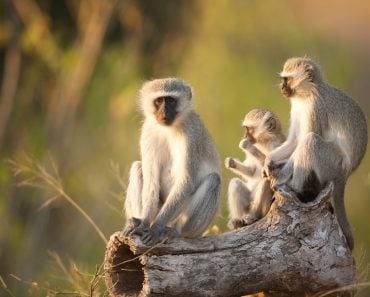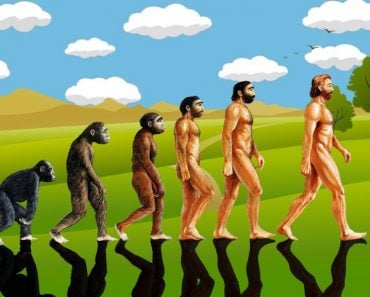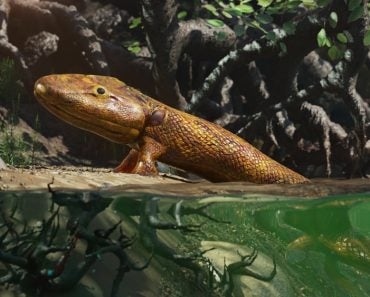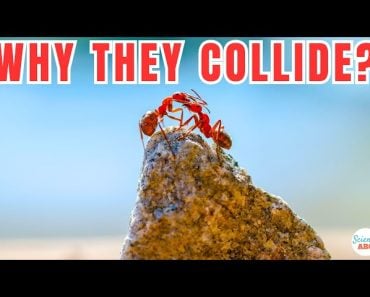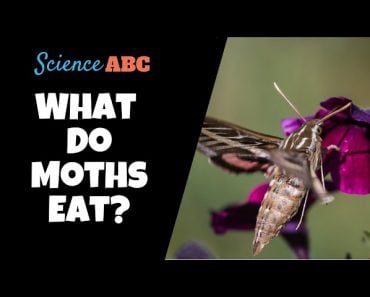Coevolution refers to the phenomenon of reciprocal evolutionary change between groups of animals. An evolutionary arms race, then, is when two animals keep out-evolving each other, in order to maintain the status quo, such as prey being able to outrun a predator.
When we think of a call to arms, the last thing that comes to mind is a picture of bats chasing insects. Guns, cannons, tanks… sure, but bats and moths? Not so much.
However, bats and moths are very much at war. They have a deeply entangled relationship with one another, the short story of which is that the bat population (predator) hunts down the prey population, the moth. However, there’s far more to this interaction than what meets the eye.
The battle first began when bats evolved to use echolocation to detect moths in the dark. The bats would emit high-frequency sounds or pulses using their mouths or noses and then listen for any echo that returned.

The bats had gained, evolutionarily speaking, the advantage. To counter this advantage, the moths came up with a nifty retort. They developed a warning system; more specifically, they evolved ears that allows them to hear when a bat uses echolocation!
Recommended Video for you:
Bats Vs. Moths: Defining An Evolutionary Arms Race
Bats use echolocation at frequencies ranging between 20-50 kHz. Moths also hear best at frequencies nearing 50 kHz. Coincidence? Not at all.
Moths also evolved the ability to produce ultrasonic clicking pulses. Essentially, they are able to use these clicks to startle bats using echolocation. When the bats emit their own sounds or pulses, the moths then produce their own clicks. These clicks jam the bats’ ability to process their prey’s location.
And on and on it goes like a tennis match. In response to moths’ counterstroke, bats again adapted to use echolocation at different and new frequencies, in ranges where moths can’t hear. For example, spotted bats in North America use incredibly low frequencies of 12 kHz.
Some bats have run to the opposite end of the field in terms of strategy. The short-eared trident bat in Africa uses a super high-frequency 208 kHz call for their echolocation needs!
This series of interactions and shifts is referred to as an evolutionary arms race.
So, while most of us associate an arms race with hostile nations stockpiling weapons of mass destruction to oppress and antagonize one another, there is another kind of arms race that might be even more interesting to learn about!

It isn’t just these two species that have been locked in this type of battle for countless generations. Many animals find themselves in the same kind of struggle. It’s perpetual and doesn’t seem to have an end. The battle they are fighting is the battle to outwit and survive. It is the battle of coevolution.
Evolutionary Arms Race And Coevolution
Coevolution refers to the phenomenon of reciprocal evolutionary change between groups of animals. Essentially, it’s a tit-for-tat situation.
Take, for example, a group of impalas in the savannah. They are agile and can elude their main predators, cheetahs. The cheetahs, in turn, evolved to counter this speed advantage. They evolved to be as fast as (or maybe even faster) than the prey species. These fast cheetahs hunt down impalas that are slower than them. Again, only the fastest impalas survive. These impalas reproduce, thus producing faster offspring. This is an evolutionary arms race triggered by the coevolution of species.

There are many theories (such as the geographic mosaic theory of coevolution) that try to pinpoint the origins of coevolutionary interactions. The first known or recorded example of coevolution was given by Darwin himself. He wrote of the mutualistic interactions between flowering plants and insects in his book On the Origin of Species.
What Are The Different Types Of Coevolutionary Interactions?
Coevolution doesn’t always mean that the interaction in question is an antagonistic one between two animals. There are also mutualistic examples of coevolution, such as plant-pollinator interactions. Angraecum sesquipedale, a type of orchid, can only be pollinated by one type of hawkmoth. This is because the hawkmoth has an exceptionally long proboscis that allows it to access the nectar spur of the orchid. The interaction is mutualistic, as it allows for the plant to be pollinated while the moth reaps the nectar rewards.
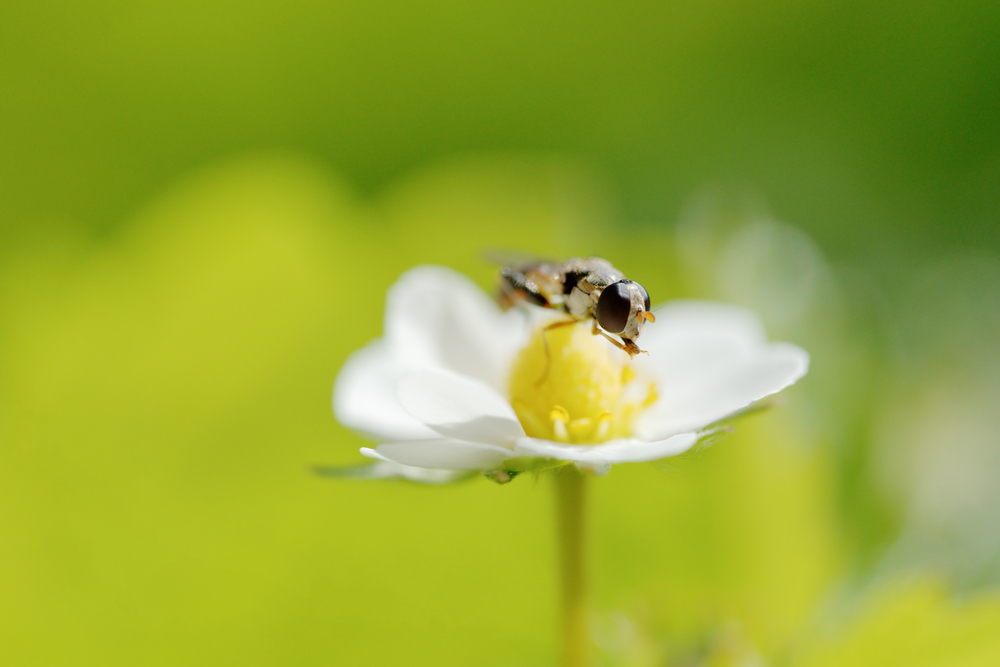
The most common examples of coevolution do involve antagonism, and not just between prey and predators or parasites and hosts. Interestingly, antagonistic interactions can exist within the same species!
Think of species such as bees. Those that live in huge colonies have very well-defined roles, and this hierarchy is set in stone: queen, worker, and drone. Additionally, most interactions in a bee hive are mediated by pheromones.
The queen bee can produce a type of pheromone that inhibits the reproductive capacities of worker bees, making them sterile. Worker bees are therefore always evolving to bypass this inhibition. They do this by developing immunity or insensitivity to the queen bee’s pheromone.
The queen bee and the worker bees are trapped in a continuous evolutionary arms race, but it is one that is not purely antagonistic, as it serves to maintain the status quo of the hive.
What Influences The Coevolution Of Species?
Coevolution can be attributed to a variety of factors. However, the largest influence is selection pressure. Selection pressures refer to any external conditions or factors that can impact the fitness (evolutionary fitness) of an organism. This pressure can be negative (such as the occurrence of a flood or an increase in the population of predators) or positive (such as when a parasite wipes out half of a dominant predator population).
Conclusion
Coevolution, similar to other evolutionary mechanisms, can be disturbed by human interference, but it can also be used for great things. For example, think of the arms race between bacteria and antibiotics. When Alexander Fleming discovered that penicillin, the world’s first antibiotic, could fight bacterial infection, it was thought to be a miracle drug.

However, it was not expected that bacterial species would develop specific resistance to the antibiotics used against them. It’s the same reason that billions of dollars are poured into pharmaceutical R&D every year. We actively develop drugs that fight bacterial resistance, while the bacteria similarly develop resistance to each newly developed drug.
Fortunately, there are happier instances of coevolution being used by humans too. Consider the domestication process of dogs by humans. As the domestication process continued, dogs learned to identify and adapt to better serve human interests, even as their life spans were extended and their species diversity was expanded. We have created and sustained a mutualistic interaction between the two species!
References (click to expand)
- (1979, September 21). Arms races between and within species. Proceedings of the Royal Society of London. Series B. Biological Sciences. The Royal Society.
- Johnson, S. D., & Anderson, B. (2010, January 13). Coevolution Between Food-Rewarding Flowers and Their Pollinators. Evolution: Education and Outreach. Springer Science and Business Media LLC.
- THE EVOLUTION OF HONEYBEE MULTIPLE QUEEN .... jms.periodikos.com.br
- The arms race. University of California, Berkeley
- Arms Races between and within Species. JSTOR



